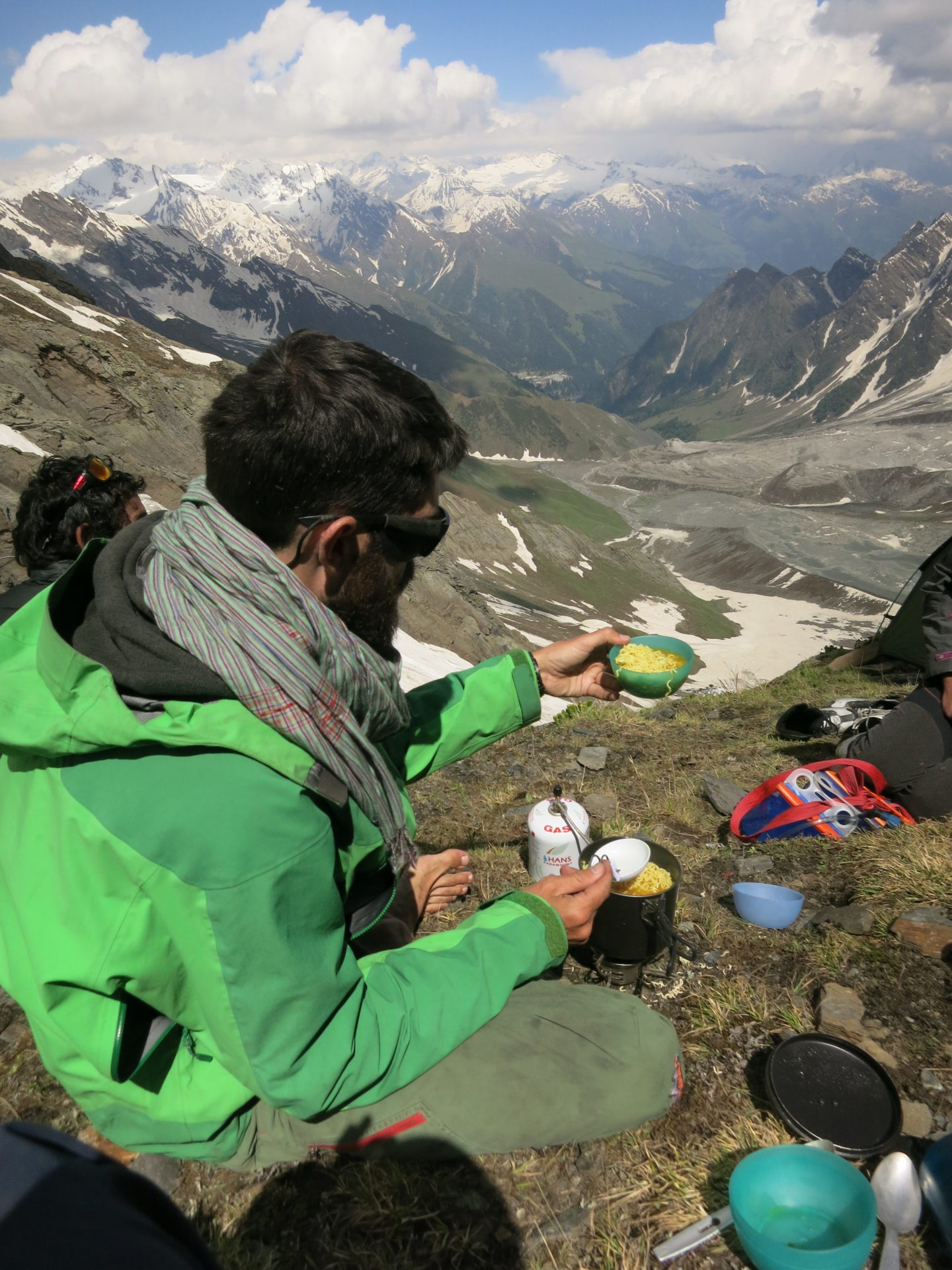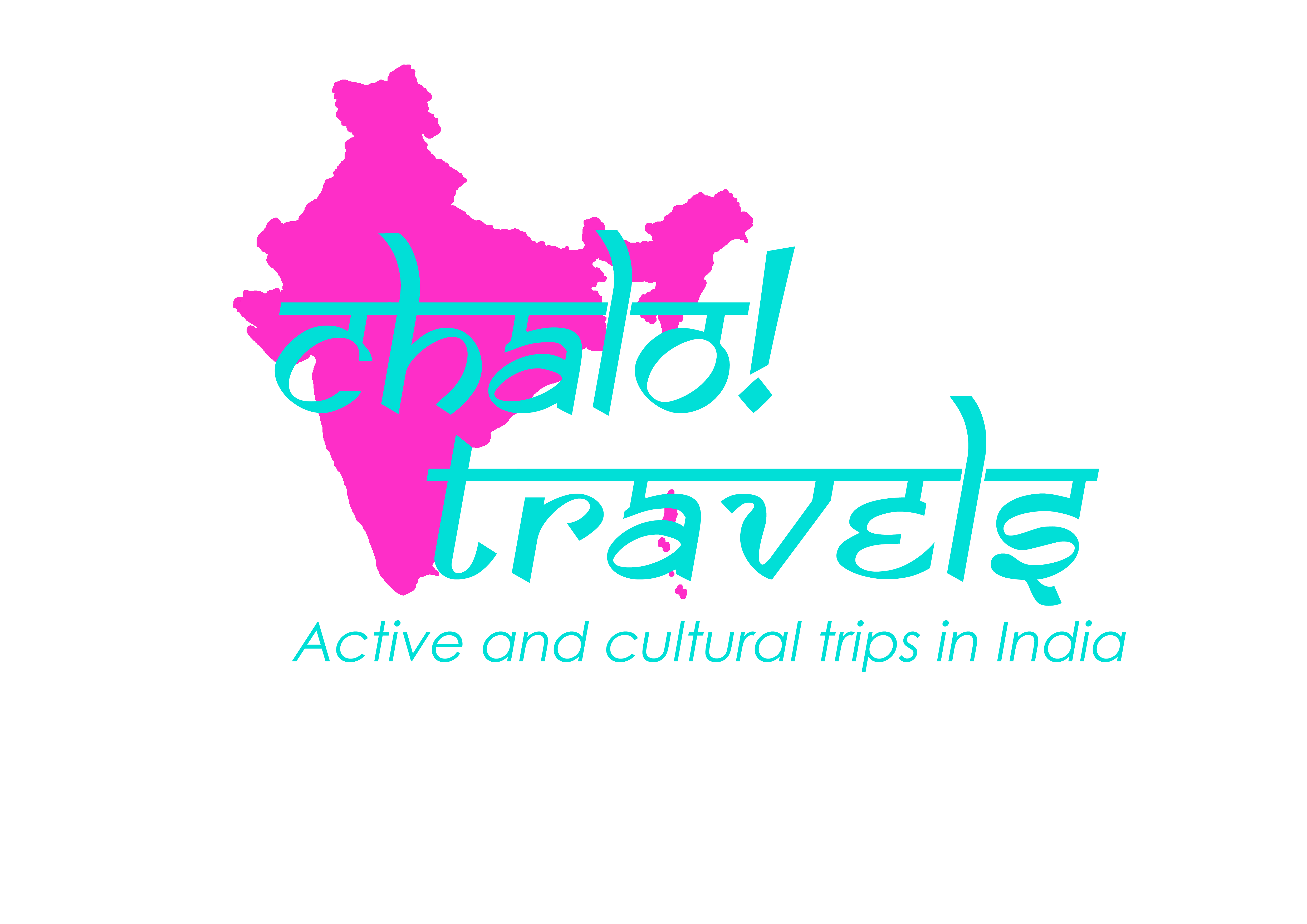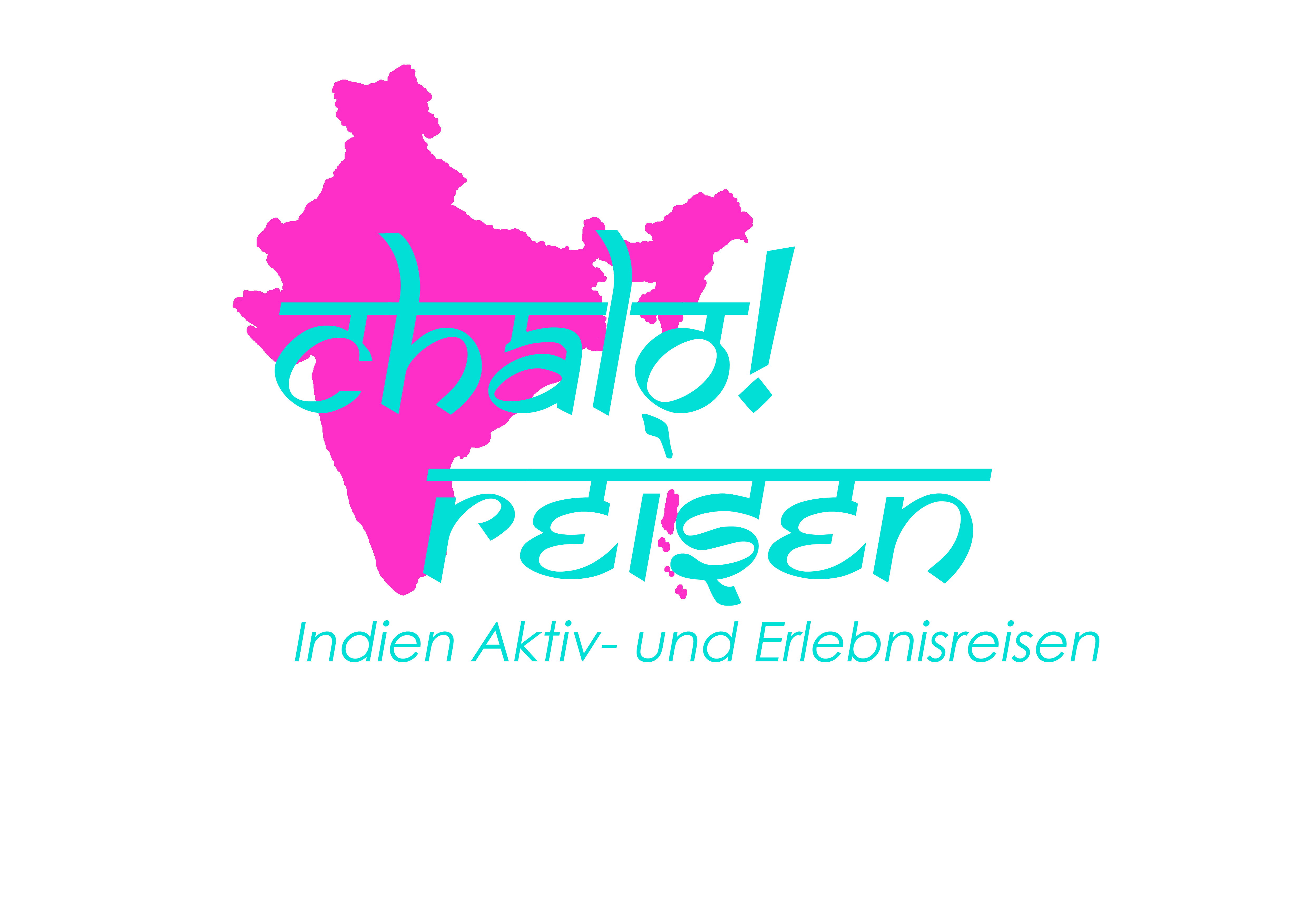
You just eat what you like! Uhhhhhh- rather no! For an alpine-style expedition, different rules apply!
The taste and health of the food actually play only a small secondary role in an alpine ascent, although many people certainly have no objections to a week-long diet consisting of chocolate, biscuits and pasta :).

During an alpine expedition, the summit is climbed in a small team and one goes directly from one camp to the next in one go.
In addition to personal clothing, climbing equipment, sleeping bags, mattresses and tents, the food must of course also be carried along.

It is not uncommon to achieve a total load of 20-25 kg per participant. With this weight on the shoulders, a 5500 to 6500 metre high summit with technical conditions will be climbed.
Obviously there is no space for extra food and gas for cooking.
To make it the perfect expedition food, the items must meet three main criteria for a mountain expedition:
-
They must be light weight and compact in size.
-
They must be good energy suppliers.
-
They must be able to be prepared quickly without much fuel for cooking.
Fresh fruits and vegetables are not seen during our eight to nine day expedition. For such a relatively short period of time, the body can also do without important vitamins, or one takes supplements along.

Instead, there is plenty of carbohydrate-rich food on the list, in the form of chocolate bars, instant noodle dishes, pasta, oatmeal and biscuits. Although the body mainly burns carbohydrates in higher altitude, nuts and dried fruits also provide energy quickly. On our expeditions, our participants always have a handful of them in their pockets, in order to be able to quickly reach into their pockets and get energy during strenuous climbing passages.

On a normal expedition day, you burn a good 1500 to 2500 kcal. These values can quickly correct up to 4000-5500 high on hard days. It is difficult to provide sufficient energy supplies during an expedition. Overexertion and loss of appetite in the height can add up to this. Nevertheless, one should try to have a permanent energy supply. Weight loss despite extensive chocolate consume is expected during an alpine expedition.
It is also important to take a lot of fluid during a mountain ascent. This not only helps to improve acclimatization at high altitude, but naturally counteracts dehydration during heavy physical stress.

For this we have a lot of tea and instant soups with us and prepare the oatmeal and instant noodle dishes very supply.
In Germany and the rest of the western world there are of course the light and energy-rich ready-made meals for trekking and mountaineering tours to buy. Not only are they very expensive, but they are hard to get in India. In general, freeze-dried food is virtually non-available in India, so you have to know how to help yourself in India with the local products, especially if you don’t want to reach quite so deep into your pocket!
Here is my food list for an alpine-style mountain expedition in the Indian Himalayas:
Oatmeal – with water and sugar a good start to the day. We calculated with 70 g per person per day.
Milk powder – Not a must, but can make the oatmeal and also the tea a little more delicious.
Sugar – provides some energy and makes tea and oatmeal more delicious. 1 kilo for 4 people for a seven- to ten-day expedition sounds a lot, but believe me, you need it!
Tea bags – In India you get black tea, which also keeps you awake. Tea bags are also saved during an expedition and one is easy enough for a litre of tea!
Instant noodles – Whether Maggi, Wi-Wi or any other brand, the noodles are a quick meal after you arrive at the camp, need little fuel to cook and one can prepare it with lots of liquids.

Macaroni – is a pasta variant that is very cheap in India and takes little preparation time. Per person/meal, 100 g is a good amount.
Instant soups – As a liquid supplier and gravy for the macaroni. Simply cook the macaroni in the instantg soup. Especially mushroom cream soup and tomato soup do well. One bag is enough for four people.
Canned cheese – Admittedly, a heavy luxury product, but contributes a lot to the pasta dishes in terms of taste.
Cheese cubes – If you don’t fancy sweets anymore, these cheese cubes are a delicious snack for in between.
Chocolate bars – Snickers, Twixx, Mars and Bounty are also available in India. They provide an incredible amount of energy and should always be in your pocket to feed you on the go. We calculatetd two bars per day, whereby the participants can divide the bars themselves.

Nuts and dry fruits – In India there are almonds, cashew nuts, dates and raisins available in very good quality and relatively inexpensive. We take a total of one kilo per person and distribute it as a mixture to the participants. These can then be permanently snagged and also do well in the oatmeal.
Biscuits – one pack per day for four participants. Even salty biscuits do well, like crackers. As a small extra, you can take melted cheese with you and dip the crackers in it.
Indian snacks, called Namkeen – there is a lot of it in India and can provide even more variety, but beware, some are spicy!
Boiled potatoes and eggs – you can take them for more variety. They are preboiled and no longer need to be prepared,you save gas and they are durable for a long time, but they also little heavy in comparison.
As you can see, the diet during the expedition is not particularly versatile and balanced. But it is enough to keep one’s energy level up and to be able to climb the summit with enough power. In addition, you need relatively little gas (fuel) and carry less weight.

We had calculated that we can get around 2000 kcal per day with these fodd items. This is only enough to cover the daily needs of a normal person with normal activity, but we could not have eaten more in this extreme situation anyway.
At the end of a week-long expedition, I can’t see or smell any instant noodles and definately look forward to fresh fruits and crisp salads. But this forced limitedness always serves me well. As we live nowadays in a world of oversupply, sometimes it is good to be limited.

I myself lose a good three kilos on an expedition – despite the chocolate bar diet, but these kilos come up quickly afterwards!





